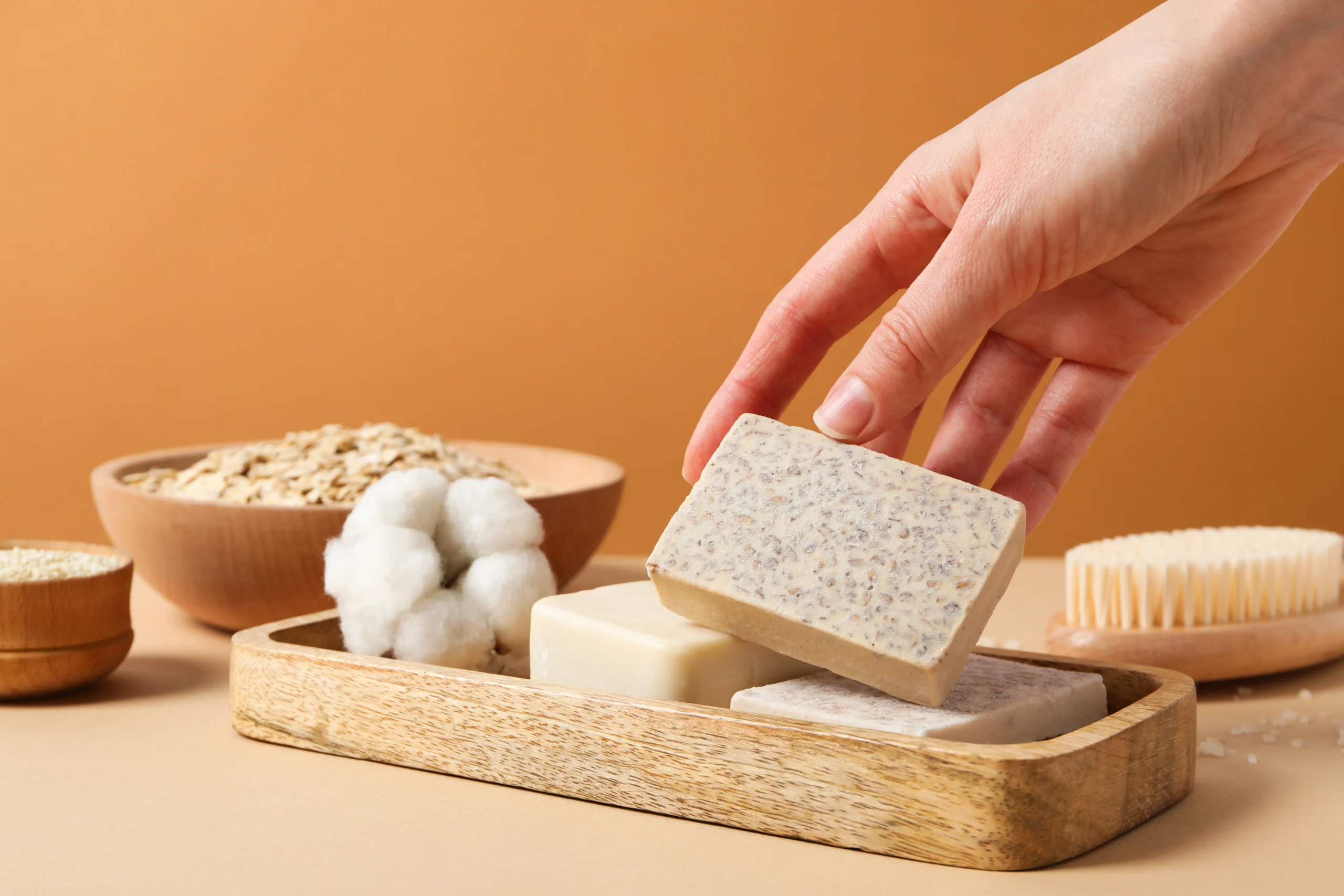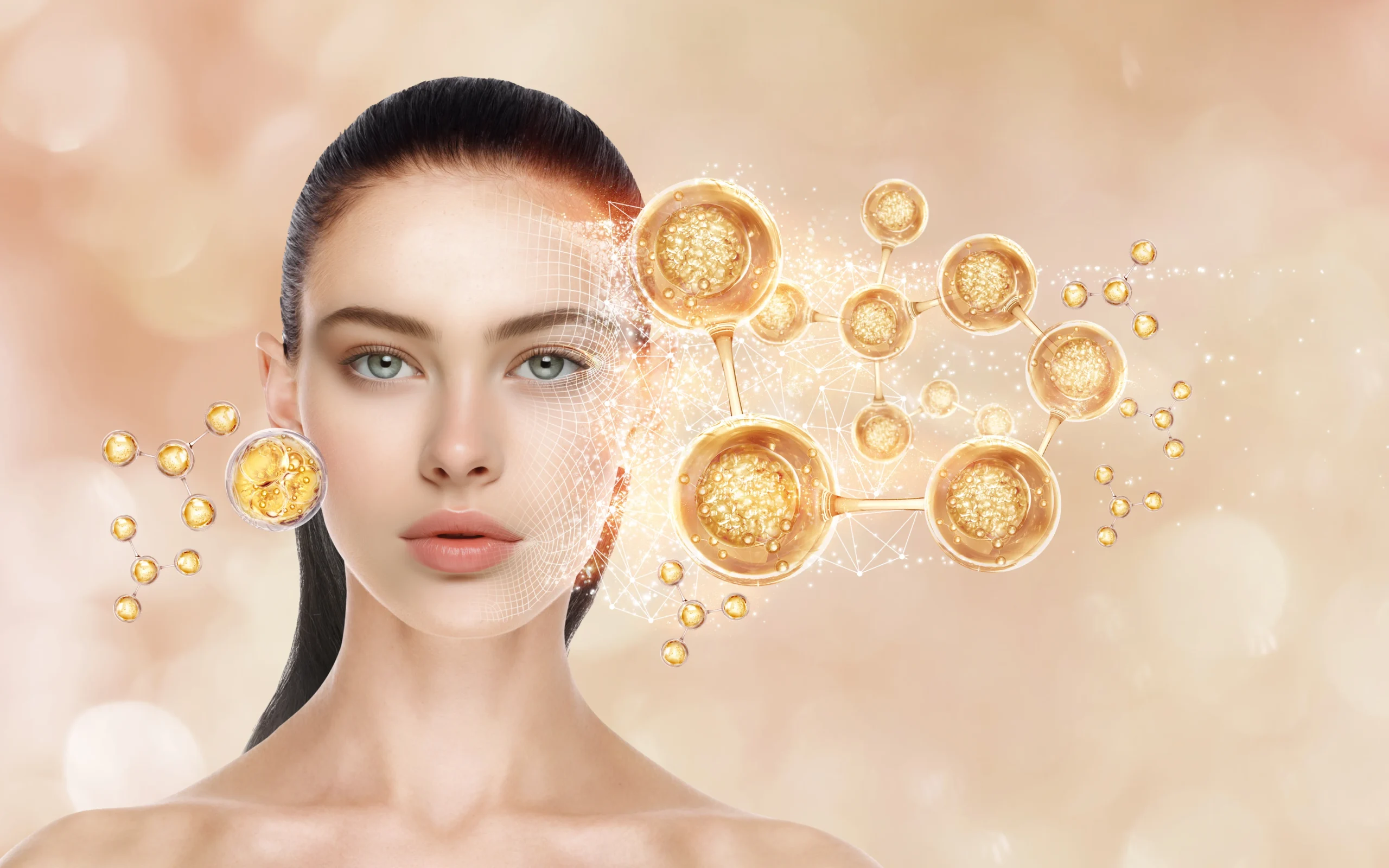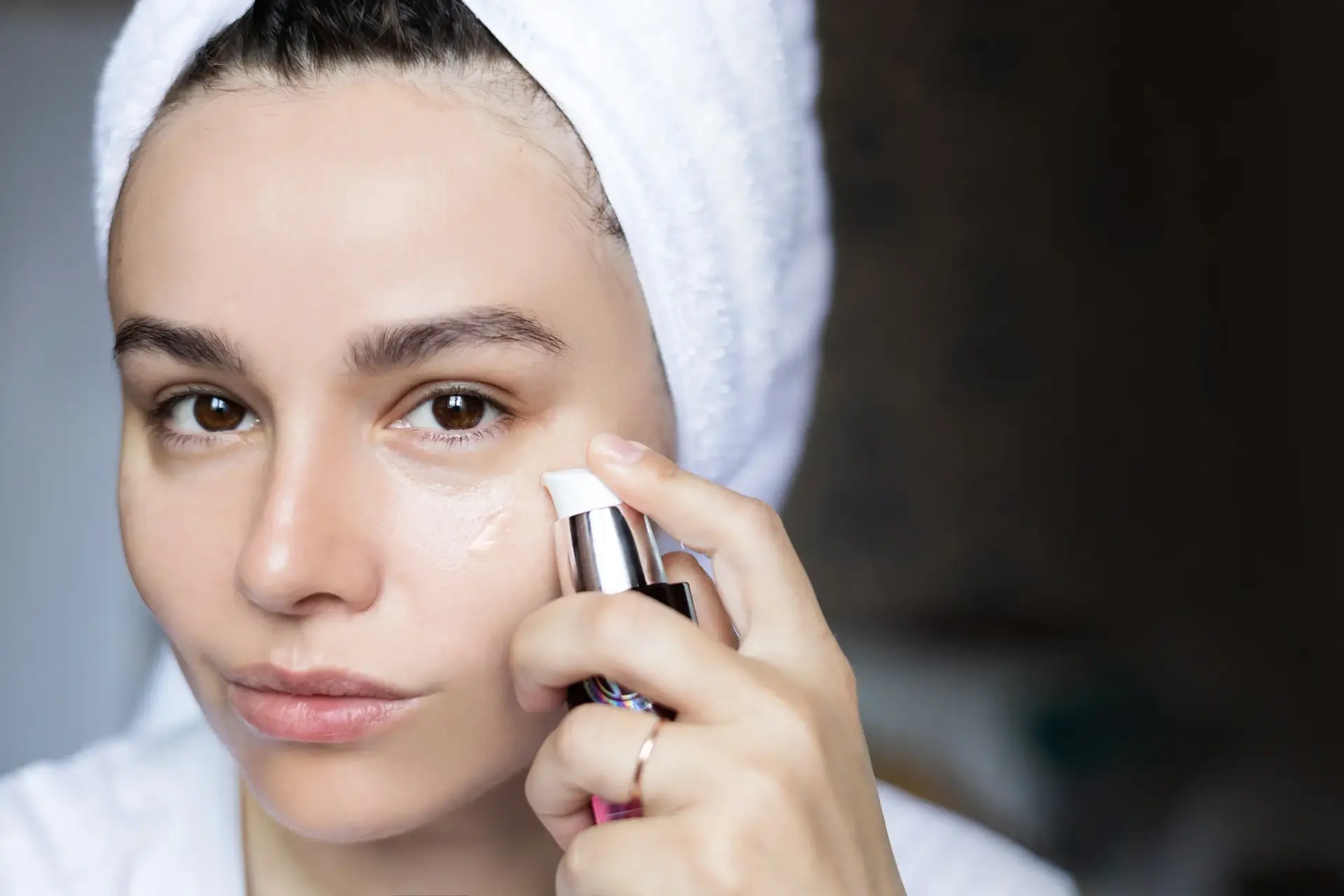Yo, let’s discuss skin care for sun-damaged face. First, you must understand how this damage occurs. Ultraviolet (UV) rays in sunlight penetrate the skin and damage its cellular structure. UVA rays age the skin prematurely, while UVB rays cause sunburn. Prolonged sun exposure without protection can cause short- and long-term skin problems, often going unnoticed until visible damage becomes apparent.
Once sunburned, skin ages faster and is at a higher risk of skin cancer. Over time, excessive sun exposure can lead to hyperpigmentation, broken blood vessels, fine lines, and rough skin. We often overlook that facial skin is the most damaged because it is constantly exposed. Therefore, sun damage care for facial skin is not just a luxury but an absolute necessity.
How UV Rays Affect Facial Skin
UV rays cause oxidative stress in the skin, breaking down collagen and elastin proteins. These two ingredients keep the skin tight and supple. As they break down, the skin becomes loose, wrinkles appear, and the skin looks lifeless and dull. Because facial skin is thin and sensitive, it is most susceptible to UV damage. If not adequately protected, this damage slowly accumulates and becomes difficult to repair.
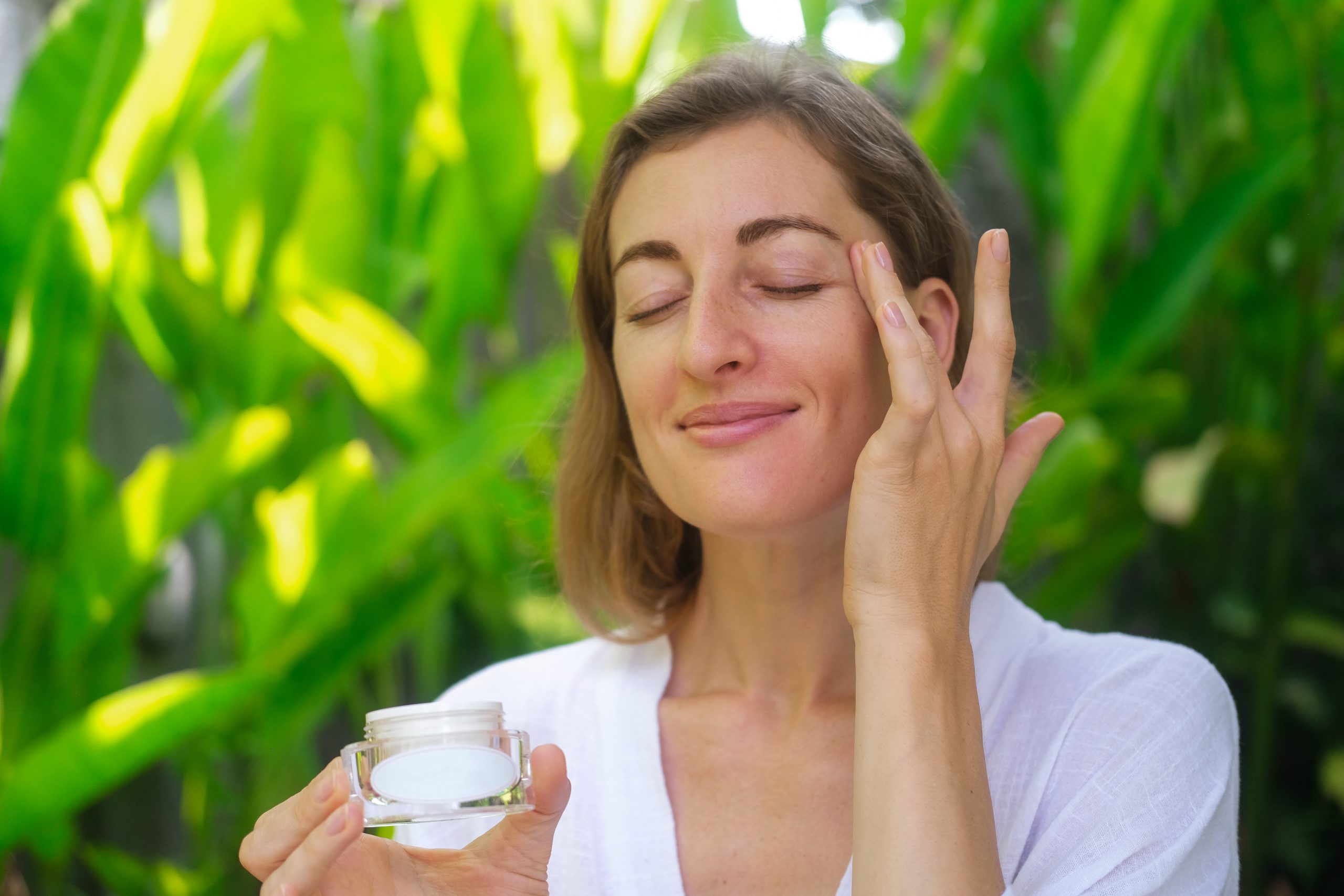
Common Symptoms of Damaged Skin
If skin care for sun damage on the face is detected early, treatment is easier. Common Symptoms include:
- Dark spots or age spots appear on the cheeks, forehead, or nose.
- Fine lines or wrinkles around the eyes or lips appear at a young age.
- Skin color becomes uneven and does not fade easily.
- The skin remains dry and rough even after using a moisturizer.
- Broken blood vessels appear around the nose or cheeks.
- The skin loses its firmness and feels loose or wrinkled.
If these symptoms appear, it’s time to start an effective skincare routine.
What To Do Immediately After Sun Exposure
The first few hours after sun exposure are crucial. Taking quick action can significantly reduce long-term damage.
Cooling The Skin And Preventing Further Damage
First, wash your face with cold (not ice-cold) water to reduce inflammation. Avoid harsh soaps or scrubs. Use soothing gels or lotions containing aloe vera or chamomile to reduce redness and irritation. It reduces inflammation and prevents damage to the deeper layers of the skin.
The Importance of Hydration And Antioxidants
Dehydration further worsens skin damage. Drink enough water and use a hydrating facial mist or serum. Use products rich in antioxidants, such as green tea extract or resveratrol, which neutralize free radicals generated by UV exposure and help prevent collagen breakdown.
For the first 24 hours, it’s best not to use makeup or heavy creams. Instead, apply a light, nourishing treatment to help the skin begin the recovery process.
Long-Term Skin Care Plan
Recovering from sun damage isn’t an instant process; it takes patience and regular practice. A consistent, long-term routine can help restore facial skin and protect it in the future.
Professional Treatments to Consider
While home skin care for sun-damaged face is critical, professional treatment can heal sun damage more quickly and deeply. Dermatologists and licensed estheticians offer a range of treatments to restore skin color, texture, and clarity. Investing in this clinic’s therapy may be worth it to address years of accumulated sun damage.
Chemical peels and their effectiveness
A chemical peel is a treatment that uses an acid solution to exfoliate the outer layer of the skin. It is divided into several stages:
- Superficial Peels (such as glycolic or lactic acid): Used to treat light discoloration and rough texture.
- Medium-depth peels (such as TCA) treat deep pigmentation and fine lines.
- Deep Peel (Phenol-based): For severe sun damage, but requires a long recovery time.
These treatments help stimulate cell regeneration and collagen production. Consistent treatment and careful post-treatment care dramatically change the skin’s appearance.
Microneedling In Collagen Regeneration
Microneedling is a procedure that uses wonderful needles to create tiny holes in the skin. This micro-injury stimulates the body to produce collagen and elastin naturally. This helps:
- To reduce fine lines and wrinkles
- To minimize sun spots and uneven skin tone
- To improve skin texture and firmness
In most cases, microneedling is combined with growth factor or peptide-rich serums. Results are seen gradually but can be long-lasting with regular maintenance sessions.
Laser Therapy for Color And Texture
Laser treatment is one of the most effective methods of reversing sun damage. It explicitly targets hyperpigmentation, broken blood vessels, and sagging skin. Common procedures include:
- IPL (Intense Pulsed Light): To remove brown spots and redness
- Fraxel: To resurface the skin and improve texture
- CO₂ Laser: To remove deep wrinkles and sun scars
These treatments require some care before and after, including avoiding the sun. However, when performed by a skilled professional, it can significantly improve skin appearance.

Lifestyle That Helps Restore Skin
Repairing skin care for sun damage on the face isn’t just about external care. Your daily habits, nutrition, and overall well-being also play essential roles.
Nutrition and Supplements that are beneficial for the skin
A balanced diet helps in skin regeneration. Include in your diet:
- Antioxidants: Berries, Spinach, tomatoes
- Omega-3 Fatty Acids: Salmon, flaxseed
- Collagen-Producing Ingredients: Bone broth, citrus fruits, eggs
Supplements such as vitamin C, zinc, and astaxanthin may provide systemic protection against UV damage. However, consult a doctor before taking any supplements.
The Relationship Between Sleep, Stress, and Skin Repair
The skin regenerates during deep sleep, and a consistent sleep routine enhances this process. However, excessive stress increases cortisol levels, which break down collagen and worsen skin conditions.
Practicing mindfulness, exercising regularly, and getting enough rest are small habits that play a significant role in skincare.
Sunscreen: Your First Defense
No skin care plan is complete without sunscreen. It prevents new damage and helps preserve the benefits of previous treatments.
How To Choose The Right Sunscreen For The Face
Choose a sunscreen that protects against both UVA and UVB rays. Keep in mind:
- Non-comedogenic (does not cause blackheads)
- There is less white cast when tinted.
- Zinc oxide or titanium dioxide (good for sensitive skin)
Sunscreen is available in gel, cream, or serum, so choose the one that suits your skin type.
Reapplication And Proper Coverage
Applying it only in the morning is not enough. Reapply every two hours, especially if you sweat or are in the sun. Keep a small bottle of mineral SPF powder in your handbag for easy reapplication.
The neck, behind the ears, and under the jaw- these areas are often forgotten but need protection.
Get Inspired With More Makeup and Beauty Content Here
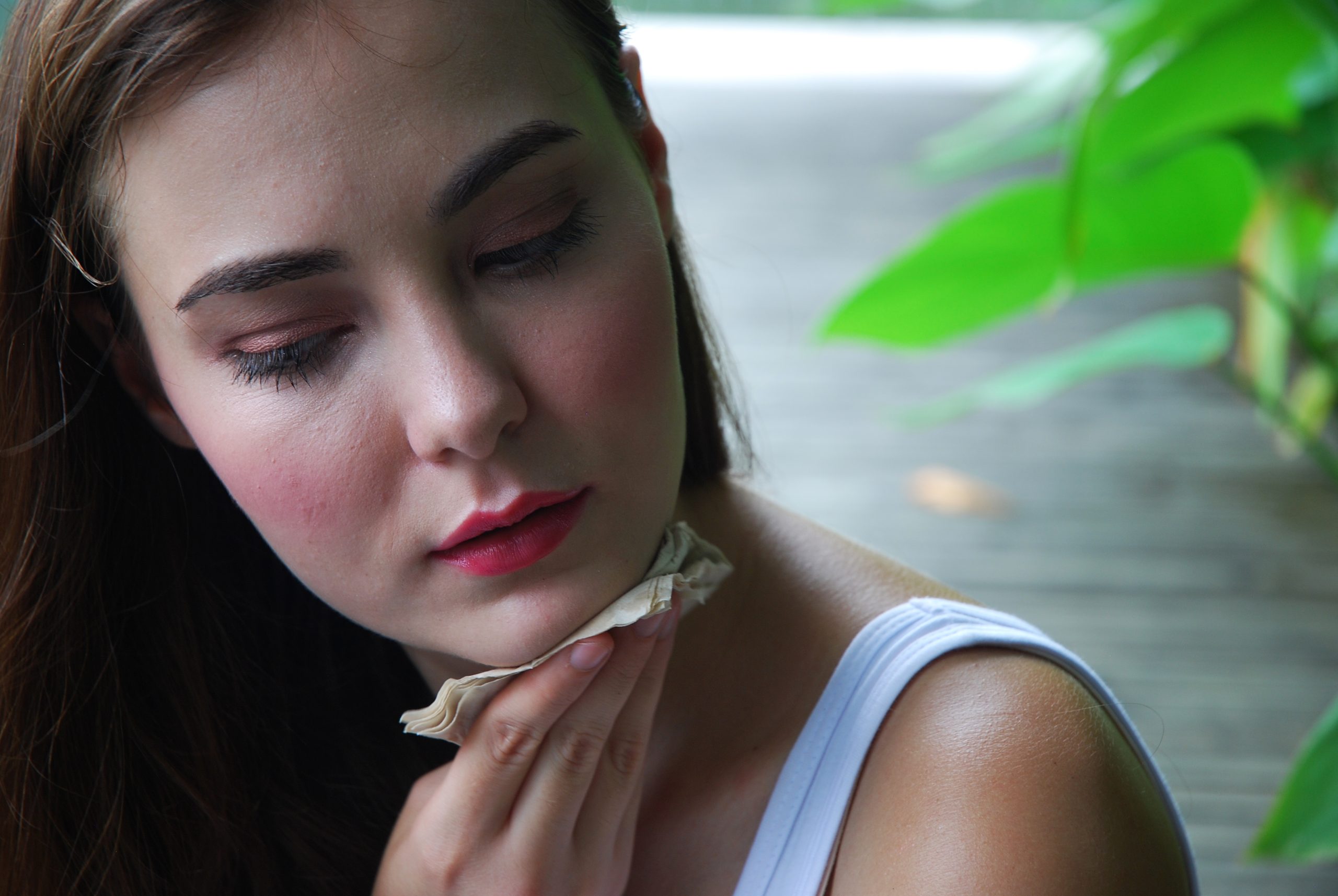
Final Thought: Skin Care For Sun-Damaged Face
Healing skincare for a sun-damaged face isn’t an instant fix. It’s a continuous commitment. With daily care, specific treatment, and a healthy lifestyle, your skin can become fresh and vibrant again.
Make sun-damaged skin care a daily habit. The sooner you start, the sooner you will see improvements. If you’re facing issues like fine lines, dark spots, or rough skin, know there’s always a way to restore your skin.
Always consult a dermatologist before starting any new treatment, especially if the skin damage or another skin condition is severe.


